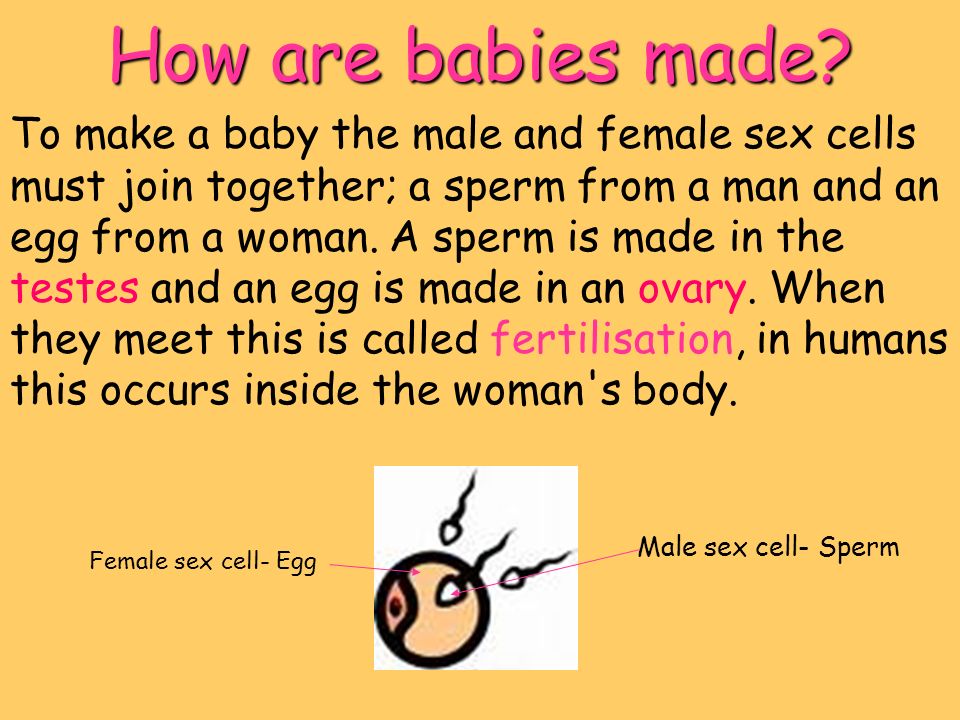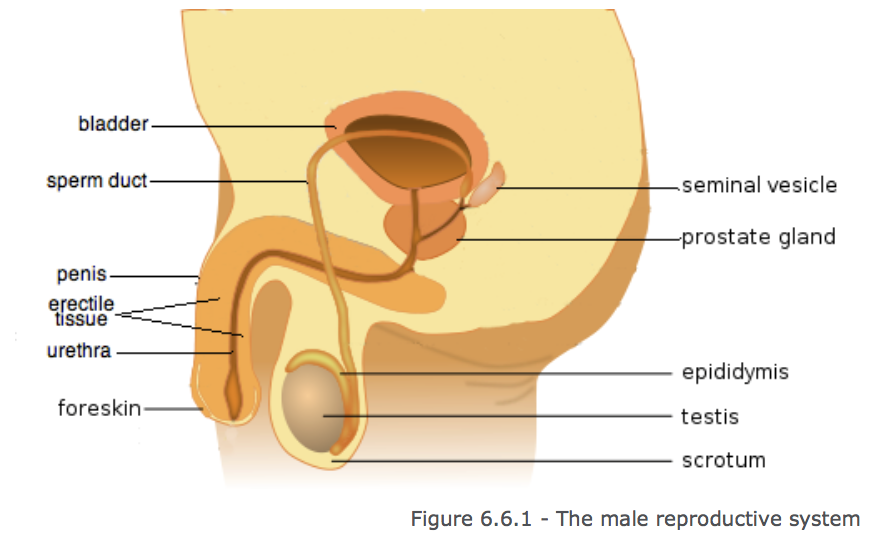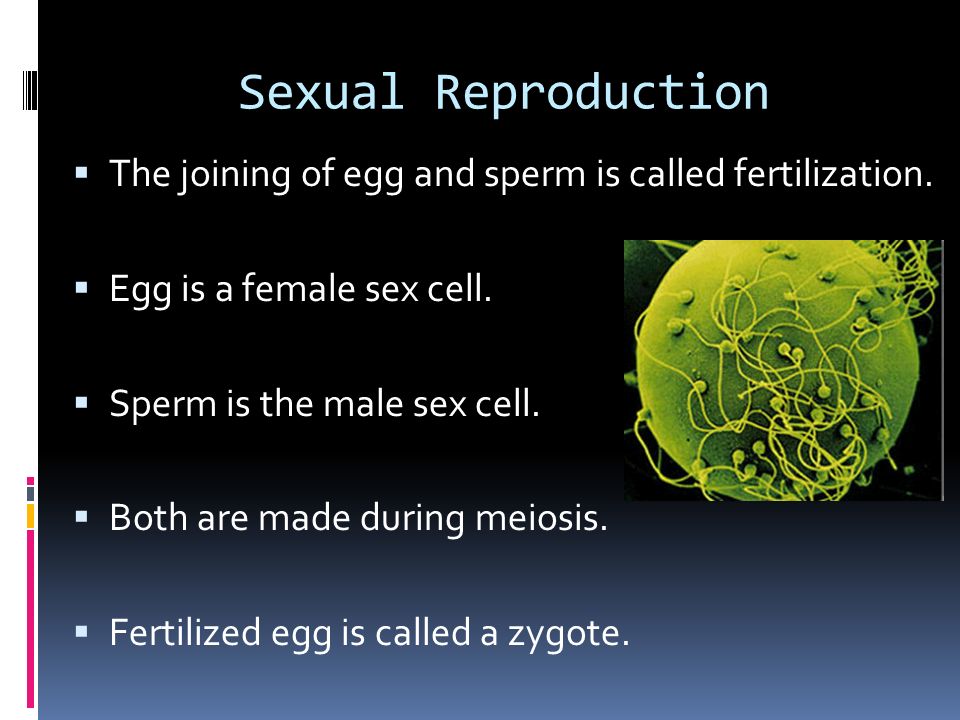Formation of sex cells Fertilisation. In humans all reproduction is sexual.It involves joining together haploid gamete cells from each parent with half the normal number of chromosomes to make a new cell containing both parents’ genetic material.
Biology4s.com! This tutorial introduces cell structure. Other sections include plants, systems, invertebrates, vertebrates, and microorganisms.
Sex chromosomes are particular chromosomes that are involved in determining the sex of an organism. In the cells of humans and many other organisms the sex chromosomes consist of a pair of chromosomes called the X and Y chromosomes.

Humans have 22 chromosome pairs and two sex chromosomes. Females have two X chromosomes; males have an X chromosome and a Y chromosome.
A pair of chromosomes carry the same genes in the same place, on each chromosome within the pair. However, there are different versions of a gene called alleles.These alleles may be the same (homozygous) on each pair of chromosomes, or different (heterozygous), for example, to give blue eyes or brown eyes.
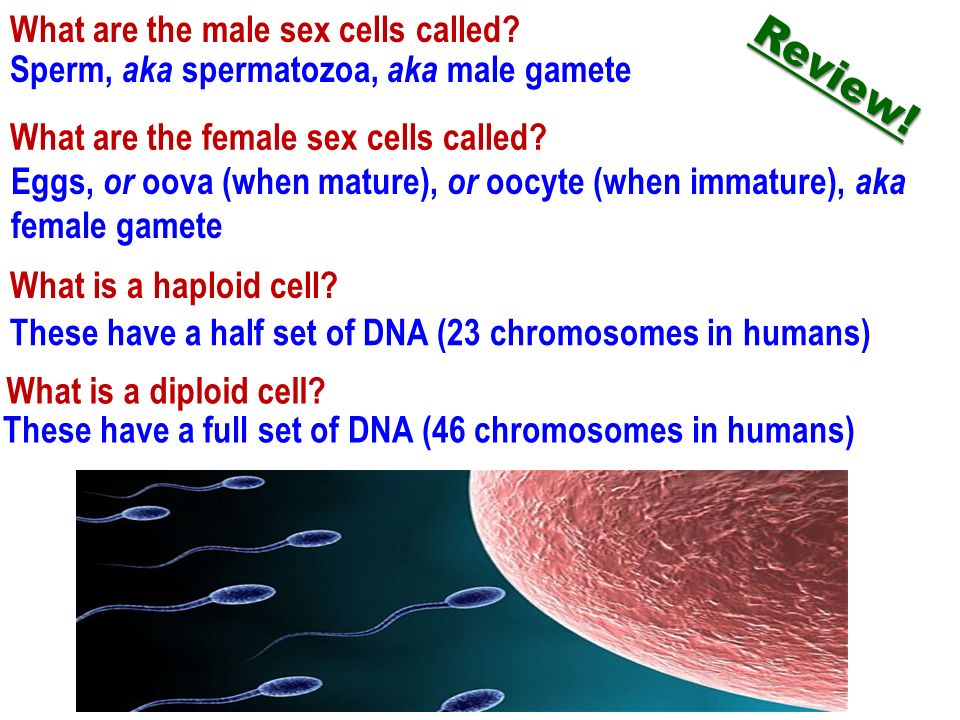
Animation in Concept 5: Genetic inheritance follows rules, DNA from the Beginning
Animation in Concept 8: Sex cells have one set of chromosomes; body cells have two, DNA from the Beginning

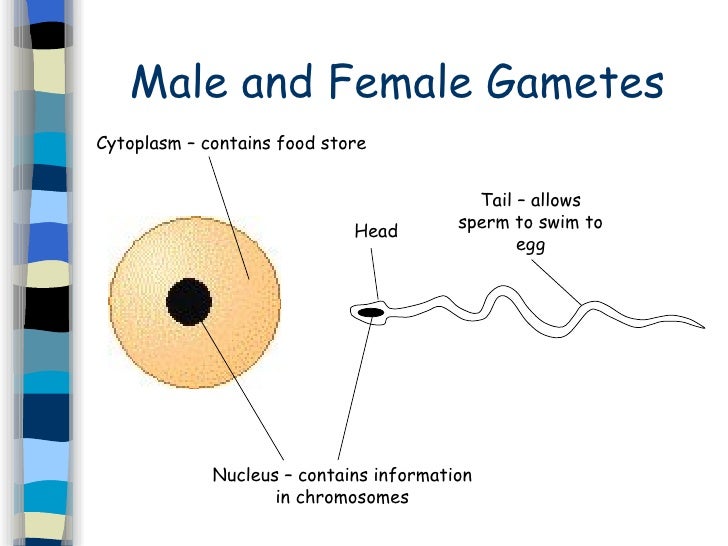
A germ cell is any biological cell that gives rise to the gametes of an organism that reproduces sexually.In many s, the germ cells originate in the primitive streak and migrate via the gut of an embryo to the developing gonads.

Organisms of many species are specialized into male and female varieties, each known as a sex. Sexual reproduction involves the combining and mixing of genetic traits: specialized cells known as gametes combine to form …
The testes (singular: testis), commonly known as the testicles, are a pair of ovoid glandular organs that are central to the function of the male reproductive system.

